The year was 1906. A large cargo ship glided toward the bustling port of La Boca, its crew busy readying the ship. Onboard, the captain furrowed his brow as he noticed a commotion on the docks. A group of men had gathered, pointing, whispering, some even cheering.
“What the hell are they so excited about?” he muttered to his crew.
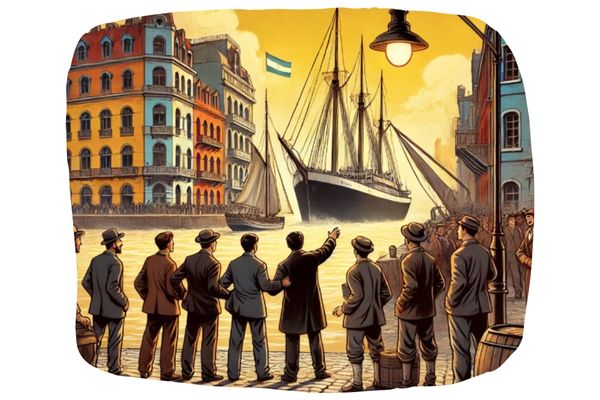
As the legend goes, his ship was about to change football history forever.
The Match That Cost Boca Its Colors
Days earlier, Boca Juniors had been preparing for a crucial match against Nottingham de Almagro. Under the scorching Buenos Aires sun, their players trained relentlessly, sweat dripping onto the dusty pitch. Suddenly, the club administrator interrupted the session, looking uneasy.
“We need to talk,” he said, pulling the coach aside.
“What is it?” the coach asked, wiping his brow.
The administrator hesitated before nodding toward the players. “It’s their shirts.”
The coach squinted at his squad—black and white stripes, same as always. “What about them?”
“Our opponents wear the same colors,” the administrator explained. “Their club president says it’s a problem. He wants us to change.”
The coach scoffed. “And what did you tell him?”
“I told him to go to hell,” the administrator said with a smirk. “But he wouldn’t back down. So we struck a deal—the winner of tomorrow’s match keeps the colors. The loser finds new ones.”
The coach let out a low chuckle. “Then I guess we’ll keep our shirts.”
But fate had other plans.
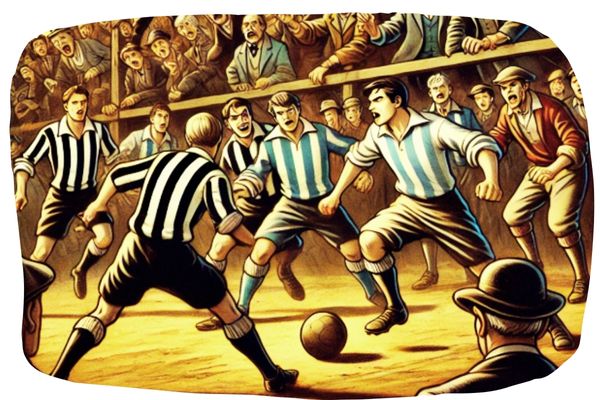
The next day, Boca fought hard, but when the final whistle blew, their players stood exhausted and defeated. The Nottingham de Almagro players celebrated wildly, knowing they had won more than just three points. Boca Juniors had lost their identity.
A New Beginning at the Port
The following morning, the club gathered to decide on their new colors. The room quickly filled with raised voices and flaring tempers—everyone had an opinion, but no one could agree.
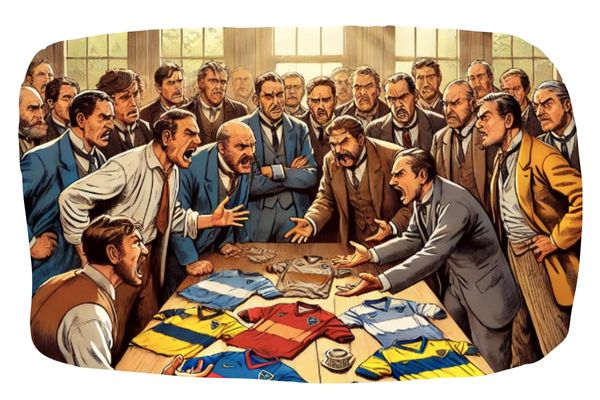
“Red and black like Newell’s?” one suggested.
“Green and white, like a proper Argentine club!” another argued.
The debate raged on until finally, the coach slammed his fist on the table.
“Enough!” he barked. The room fell silent.
“We’ll never agree like this,” he continued. “So let’s leave it to fate. The port is our home—let it decide for us. According to legend, this single decision would forever shape Boca Juniors. The first ship that docks today… we take its flag’s colors as our own.”
Murmurs filled the room, but one by one, heads nodded in agreement.
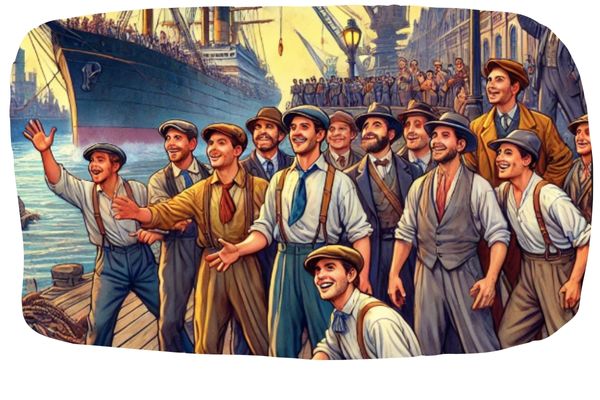
According to legend, the team marched down to the docks, hearts pounding with anticipation. Dockworkers shouted and gulls cried overhead as they scanned the horizon. Then, a silhouette appeared. A ship.
As it came closer, the flag at its stern fluttered into view.
“Blue and yellow!” one of the players shouted.
“The flag of Sweden,” the administrator confirmed, grinning.
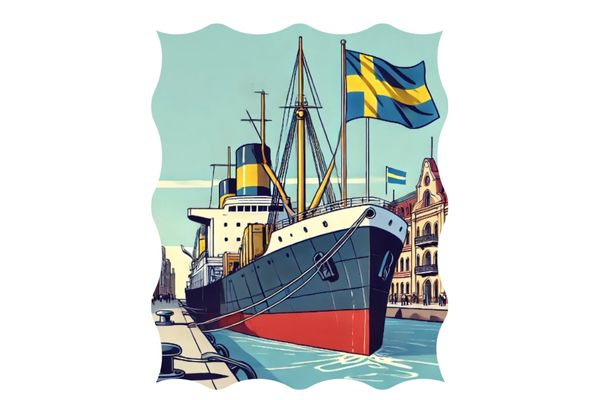
And as the legend goes, in that moment, Boca Juniors was reborn.
A Legacy Forged in Defeat
Over the years, Boca Juniors grew into one of Argentina’s most legendary clubs. Their new colors, once the result of a humiliating loss, became a symbol of their resilience.
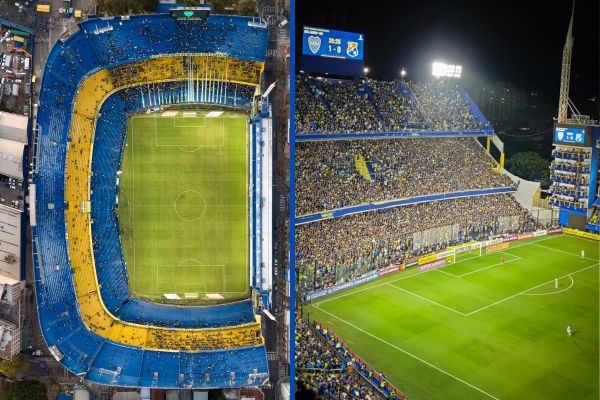
And La Bombonera, the stadium that would rise just blocks from that same port, would forever be bathed in blue and yellow—colors that once symbolized a painful loss, but became a mark of defiance, identity, and passion.
Boca Juniors had lost its first battle, but from defeat, a legend was born.
